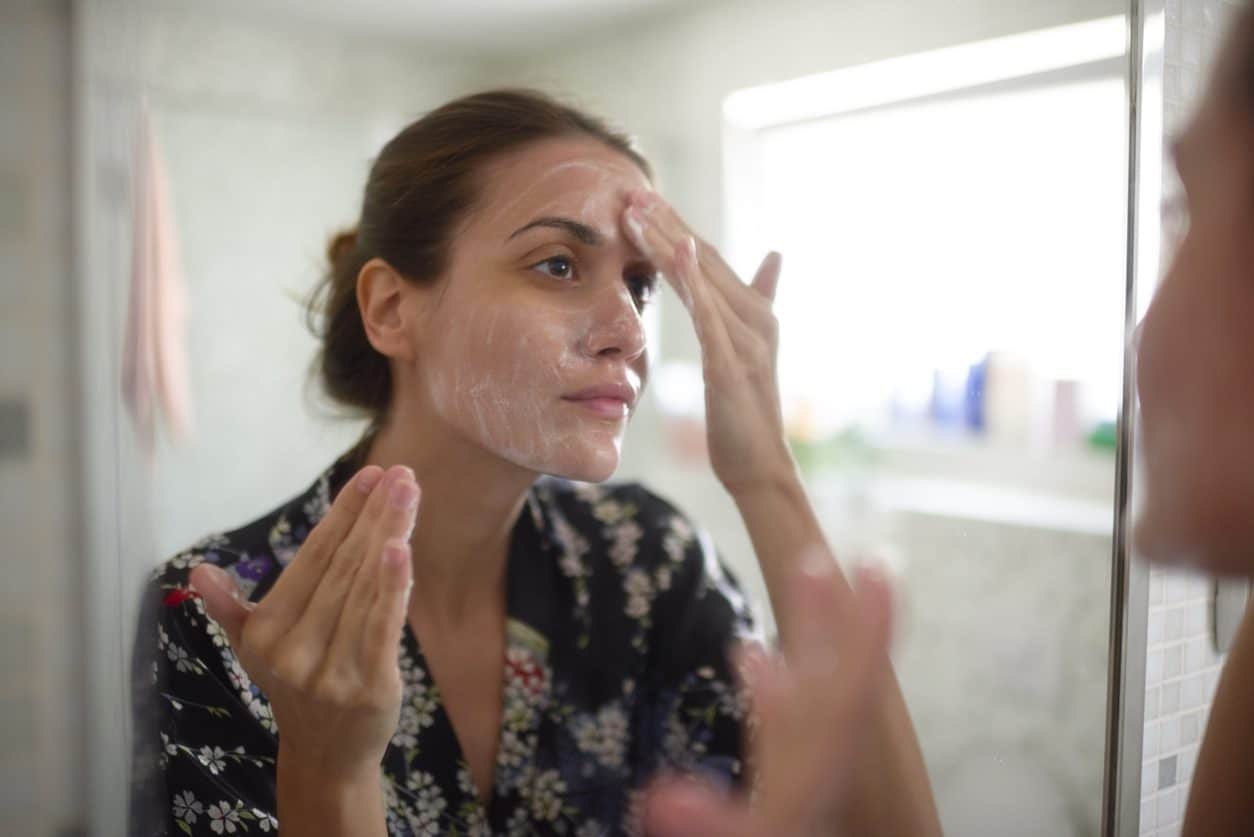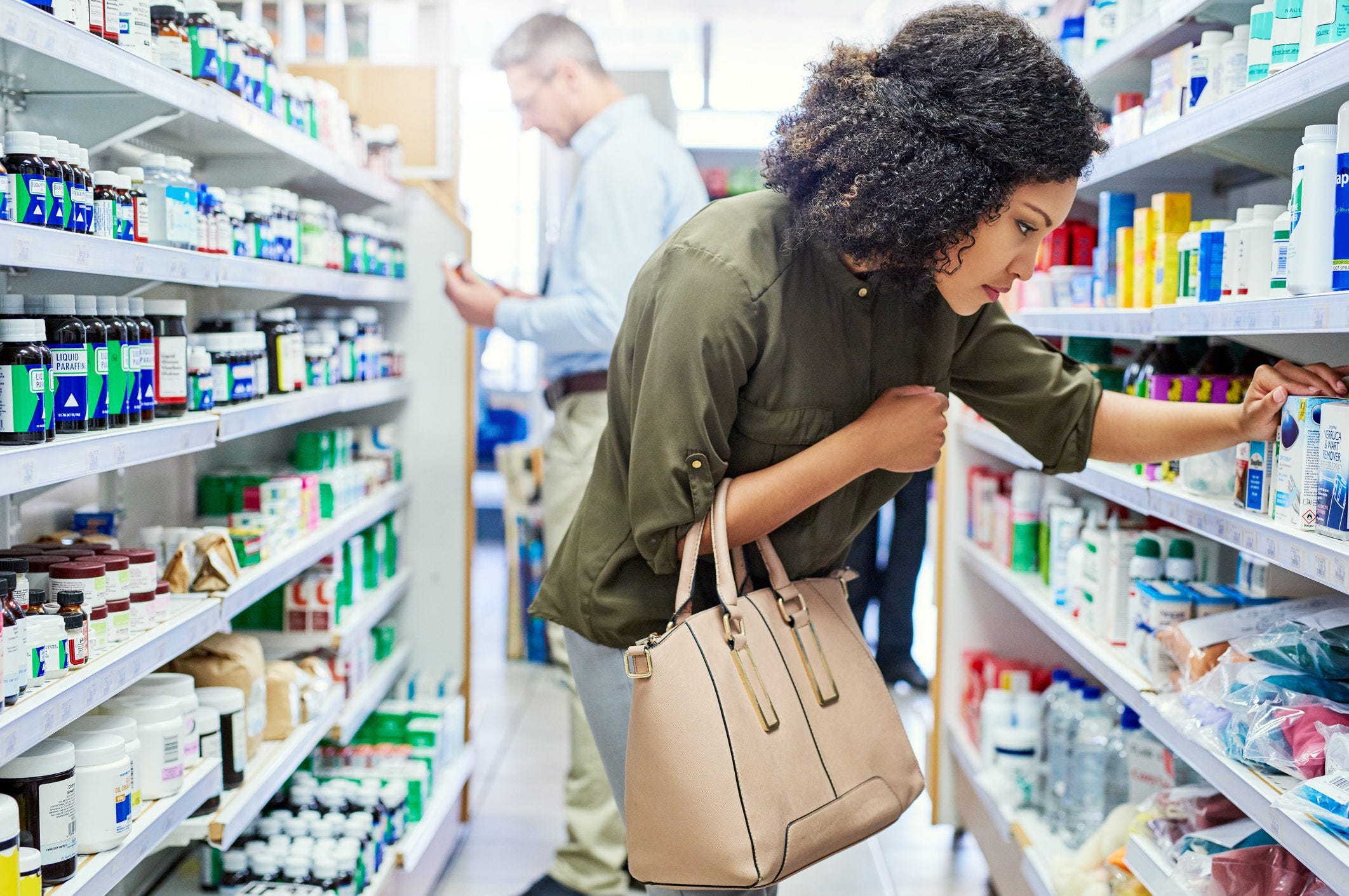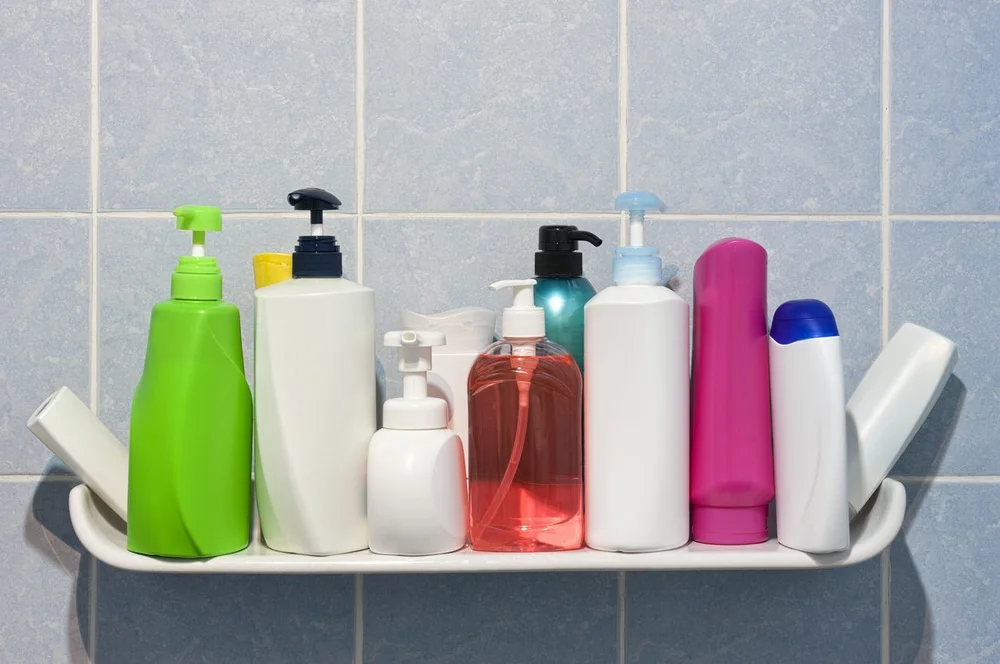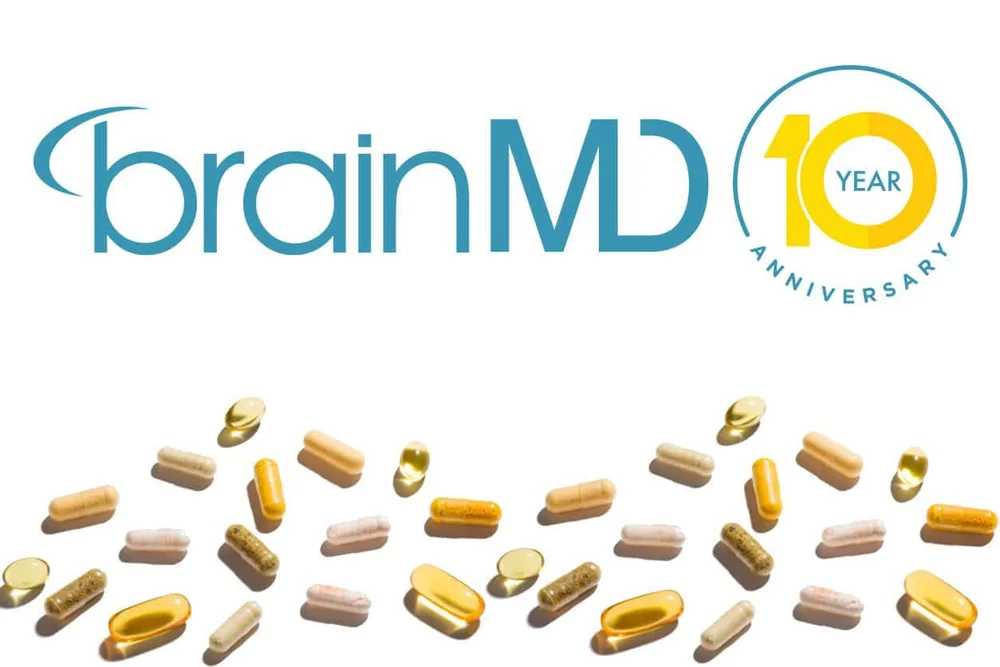These Are Some of the Best Ways to Avoid Harmful Toxins
Medically Reviewed by Dr. Parris Kidd
“It’s a jungle out there
Poison in the very air we breathe
Do you know what’s in the water that you drink?
Well I do, and it’s amazing.”
Theme song from Monk, written and performed by Randy Newman
Intended as an amusing introduction to the TV show’s title character, the obsessive-compulsive detective Adrian Monk, there’s certainly some truth to the alarmist lyrics of Monk’s opening sequence. Although being paranoid, about the environment or any other aspect of life, isn’t advisable or beneficial, having a healthy concern of the toxins that exist in the foods you eat and the cleaning agents or hygienic products you use every day is a good thing. When it comes to what you put in your mouth or on your skin, what you don’t know can kill you.
Why Are Toxins So Harmful?
Toxins can and do negatively affect every part of the body. Toxic effects on the brain include poor memory and concentration, erratic behavior, word confusion, mood issues, headaches, vertigo, and cravings. Toxic brain exposures, as from alcohol abuse, are also linked to accelerated mental decline.
Common toxins can be absorbed through the skin (when you rub in a cream, for example), ingested (when you eat or drink), or inhaled (when you breathe). Use these lists to see if you’ve possibly been exposed to any toxic substances:
Toxins that can be absorbed when ingested or applied to the skin:
- Polluted or tainted water (including lead and arsenic)
- BPA (bisphenol A, found in plastics, food and drink containers, dental sealants, and the coating of cash register receipts)
- PCBs (polychlorinated biphenyls) found in paints, plastics, and rubber products
- Heavy metals, such as:
- Mercury: in “silver” dental fillings (which are 50 percent mercury), contaminated fish, and distributed ubiquitously in the environment
- Lead: in contaminated drinking water, soils previously exposed to environmental contaminants, old and peeling paint, paint, lead pipes, aviation fuel¹
- Cadmium: in soils treated with synthetic fertilizers and industrial waste sites
- Excessive alcohol, marijuana, “lifestyle” and various illegal drugs, some prescription drugs
- Many pain medications, notably prescription opioids and other narcotics, or benzodiazepines commonly prescribed for anxiety or insomnia
- Chemotherapy can cause a long-term “brain fog” or “chemobrain”
- General anesthesia can result in long-term memory loss in some patients
- Artificial food dyes and preservatives, including bromates, nitrates or nitrites (processed meats), tartrazine dye (linked to asthma), MSG, red dye #40 and other “#” dyes. The artificial sweeteners aspartame (blue packets) saccharin (pink), and sucralose (yellow) all are linked to toxic effects on the body. The body’s detoxification systems often cannot process artificial chemicals that don’t occur in nature
- Herbicides such as glyphosate (the active ingredient in Roundup weed killer, with residue present in genetically modified crops)
- Pesticides including organochlorines and organophosphates, many of them powerful neurotoxins
- Apples sprayed with diphenylamine (used to prevent the browning of fruit skin)
- Foods manufactured with plastic equipment, leaking plasticizers
Toxins that can reach the tissues when inhaled:
- Air pollutants, whether industrial or associated with lifestyle
- Smoke from cigarettes, other tobacco, or marijuana; vaping, secondhand smoke from being around smokers. All hot gases entering the lungs can be toxic.
- Automobile exhaust—carbon dioxide and monoxide, but also numerous categories of small particulate matter that come out the tailpipe
- Cleaning chemicals
- Welding, soldering fumes
- Asbestos
- Fireplace/campfire smoke
- Paint and solvent fumes
Harmful Toxins That You’re Exposed to Everyday
These and other toxins may affect you without you even knowing it. In addition to those listed above, here’s a closer look at three everyday toxins people may encounter.
Beauty Products

Products containing lead are also a major cause for concern. Surprisingly, there are no regulations that require lead be removed from one of the most widely used cosmetics: lipstick. When 30 of the top lipstick brands were tested, lead was found in 60 percent of them. To learn more about how to avoid buying and ingesting lead-contaminated lip products, visit Safe Cosmetics. Download the Think Dirty app which rates products on a scale of 1-10 (10 = the most toxic), and scan all the products in your bathroom.
When I first downloaded this app (Think Dirty), I threw out more than 70 percent of the products in my bathroom.” – Dr. Daniel Amen
Substances
While smoking and drug and alcohol abuse have long been known to increase cancer and heart disease, many people don’t realize that they are also linked to mental conditions including an increased risk of dementia. Recently published research from the Amen Clinic documented that regular marijuana users had decreased blood flow to the hippocampus, a brain region crucially involved in learning and memory.
Alcohol kills brain cells, shrinks brain size, increases the risk of dementia. It lowers blood flow to the brain, is linked to inflammatory bowel disease, nerve pain, liver failure. It is linked to 7 different cancers. Alcohol can impair decision-making, make a gentle person aggressive, is a major cause of incarceration and financial problems.
Mold
Mold exposure is toxic to brain function. Signs of mold exposure include sneezing, coughing, watery eyes, and skin irritation.
If you suspect that you’ve been exposed to mold, the first step is always to remove yourself from the moldy environment. You can also do a blood test that measures a protein, TGF Beta-1, found throughout the body that plays a role in immune system function and is often high in mold exposure (also called mycotoxin exposure). The normal level is below 2,380; 0 is optimal. Mold exposure can raise this to >15,000.
Mold treatment can consist of binding agents and other medications, such as antifungals, as well as metabolic support supplements.
In many cases mold, carbon monoxide poisoning, or other toxins can damage the brain and result in decreased neurological function including memory loss, noticeable personality changes, difficulty concentrating and other signs that often lead to misdiagnosis. It’s important to realize that toxic exposure and its effects on the internal structure of your brain can trigger both long and short-term effects.
8 Simple Ways to Avoid Harmful Toxins

There are simple 8 ways to avoid many toxins and, fortunately, the human body is designed to detox itself. It just needs assistance in performing the job. Here are eight ways to reduce your risk of toxic exposure:
[wc_box color=”inverse” text_align=”left” margin_top=”” margin_bottom=”” class=””]
1. Detox Your Diet: Buy organic, and always wash your food: neurotoxic pesticide levels are way lower in children who get organic foods. Always read and make sure to understand food labels-ignore natural: aflatoxins, arsenic, cyanide are all natural. Avoid using aluminum and Teflon cookware. Do trial eliminations (2 weeks, one at a time).
2. Clean Up Your Diet: Limit or eliminate non-organic produce (herbicides and pesticides) dairy (hormones and antibiotics), feedlot meats (hormones and antibiotics), and farmed fish (junk-fed and PCBs). Increase your fiber consumption (minimum 21 grams women, 30 grams men).
3. Eliminate Processed Foods: Remove as much as possible of processed foods and sugar from your diet. Cutting out sweet beverages can eliminate hundreds of unhealthy calories and help your pancreas.
4. Eat More Brassicas: Brassicas, like collard greens, kale, cauliflower, Brussels sprouts, provide unique nutrients (phytonutrients) that rev up your detoxification system.² This system encompasses the liver, kidneys, intestines, skin and to a lesser extent all the other tissues.
5. Drink More Water: Your brain is 80% water, so avoid anything that dehydrates it—such as caffeine or alcohol. Being dehydrated by just 2% impairs performance in tasks that require attention, immediate memory skills, and physical performance. Since water helps flush toxins from your body, it’s recommended that you drink three to four quarts of reverse osmosis or filtered (with charcoal) water every day.
6. Toss Toxic Cleaners: Do a bathroom cleanse and throw out all toxic products. Download the Think Dirty app which rates products on a scale of 1-10 (10 = the most toxic), and scan all the products in your bathroom.
7. Take Vitamin C, Curcumins, Other Antioxidants Daily: Vitamin C is a versatile antioxidant and the most dollar-effective antitoxin you can get. The curcumins, which give turmeric and curries their gold color, are also powerful antioxidants but you’ll need to make sure you get a well-absorbed supplement such as Brain Curcumins.*
8. Fortify Your Natural Defenses: One of the best ways to protect yourself from harmful agents is to support your natural defenses with supplements. The body’s detoxification systems overlap with the immune system to help process toxic chemicals, avoid allergic and intolerance reactions, and destroy potentially harmful infectious agents. Everyone should be on a core supplement regimen. BrainMD’s comprehensive Brain & Body Power combines our intensive daily multiple NeuroVite Plus Multivitamin with our brain-targeted Brain & Memory Power Boost and is rounded out by Omega-3 Power, our ultra-pure, highly concentrated fish oil supplement designed to increase your Omega-3 Index.*
[/wc_box]
Live Toxin-free
These are just a few natural ways to avoid the many harmful toxins you may be exposed to every day. Hopefully these tips have helped you identify the unhealthy substances hiding out in your home, so you can purge them and live toxin-free.
References:
- Buettner, C., Mukamal, K. J., Gardiner, P., Davis, R. B., Phillips, R. S., & Mittleman, M. A. (2009). Herbal supplement use and blood lead levels of United States adults. Journal of General Internal Medicine, 24(11), 1175–1182. https://doi.org/10.1007/s11606-009-1050-5
- Kapusta-Duch, J., Kopeć, A., Piatkowska, E., Borczak, B., & Leszczyńska, T. (2012). The beneficial effects of Brassica vegetables on human health. Rocznik Państwowego Zakładu Higieny, 63(4), 389-395. https://pubmed.ncbi.nlm.nih.gov/23631258
- This Is What You Need to Know About the Standard American Diet! -
- What Are the Pros and Cons of Western vs. Eastern Medicine? -
- Why Experts Say You Should Take Vitamin C, Vitamin D3 and Zinc -
- These Are Some of the Best Natural Herbs for Energy -
- What Are the Top Health Benefits and Types of Saunas? -



